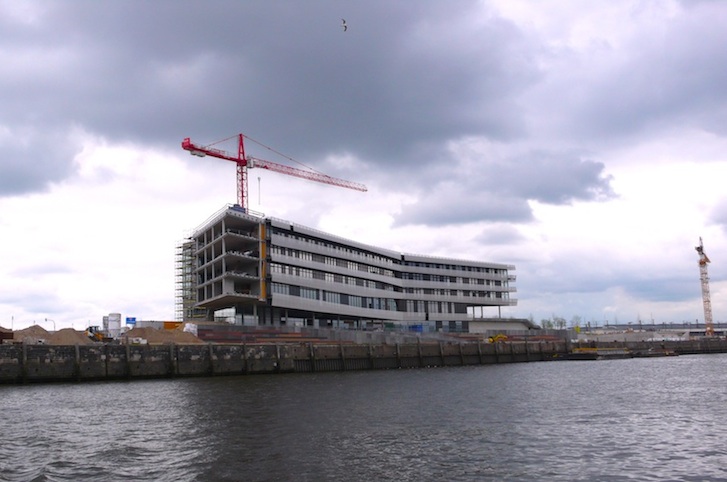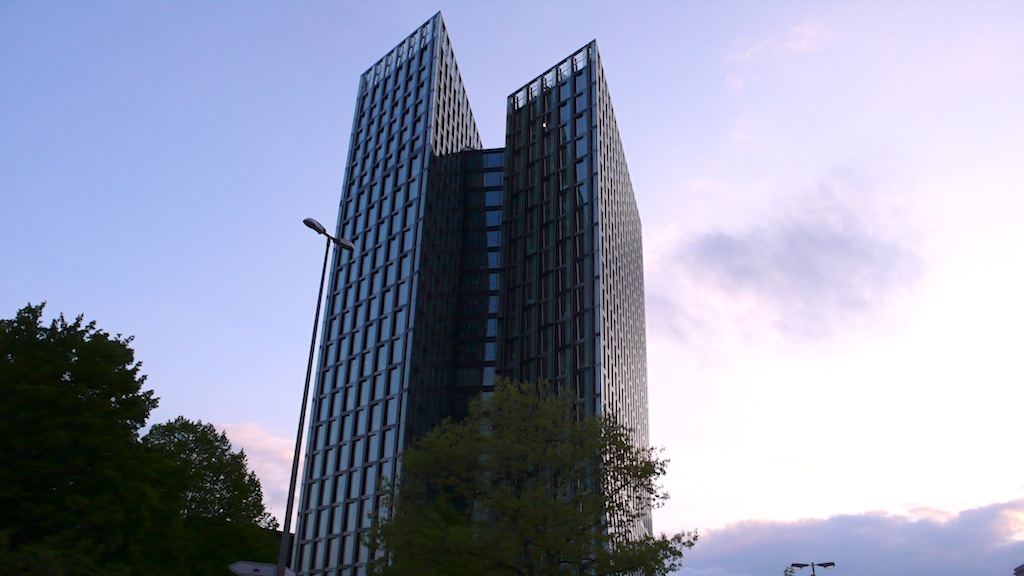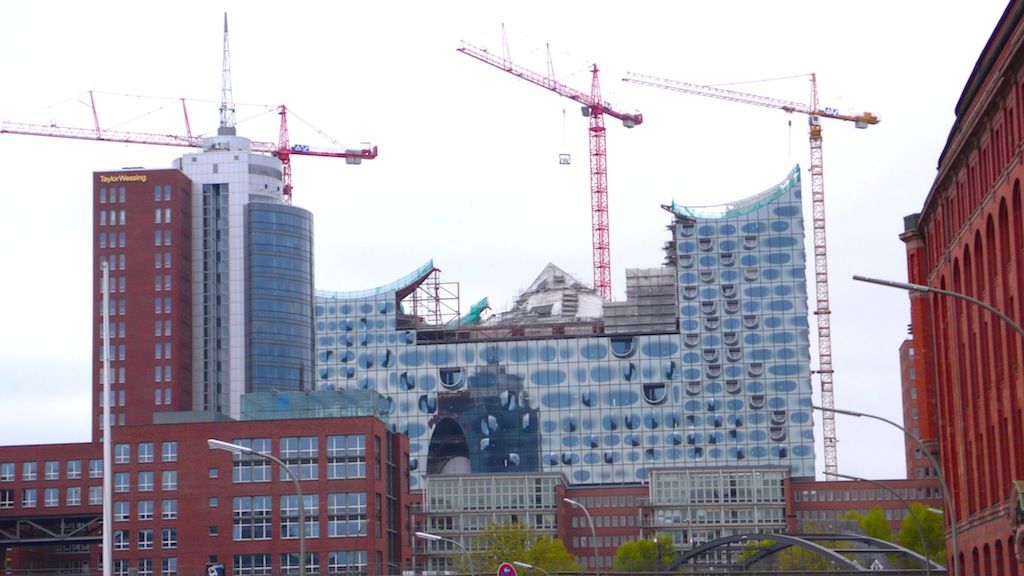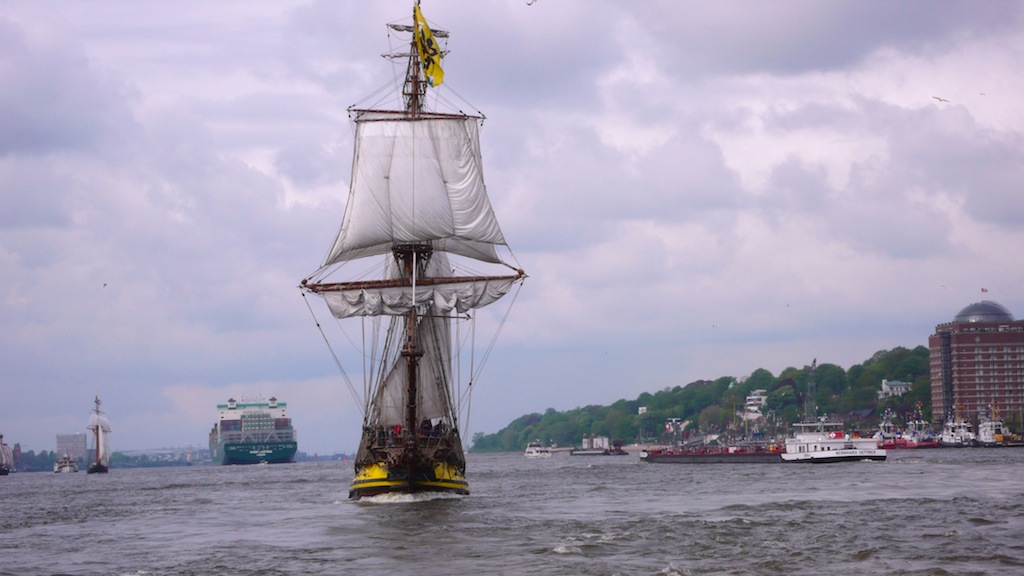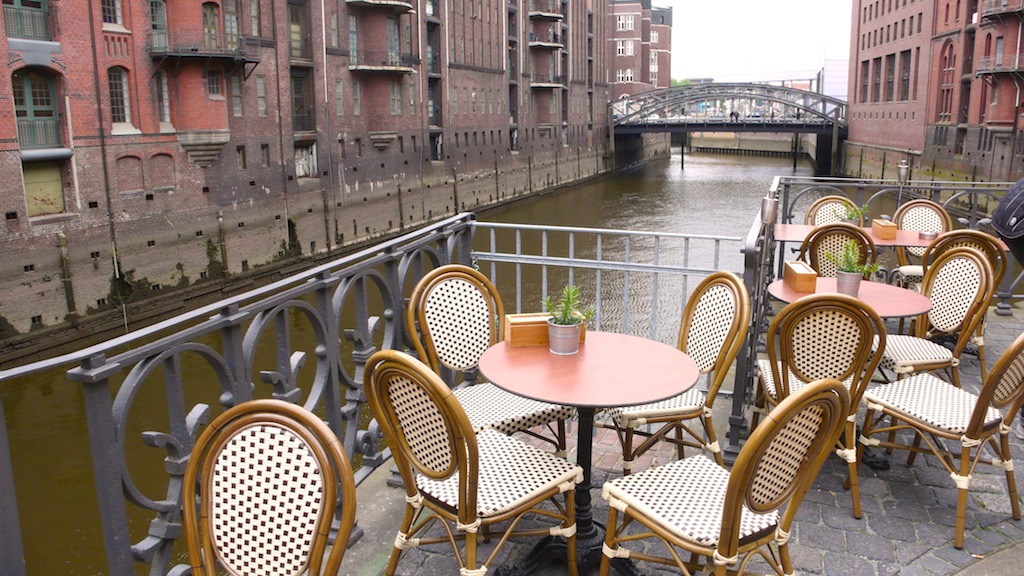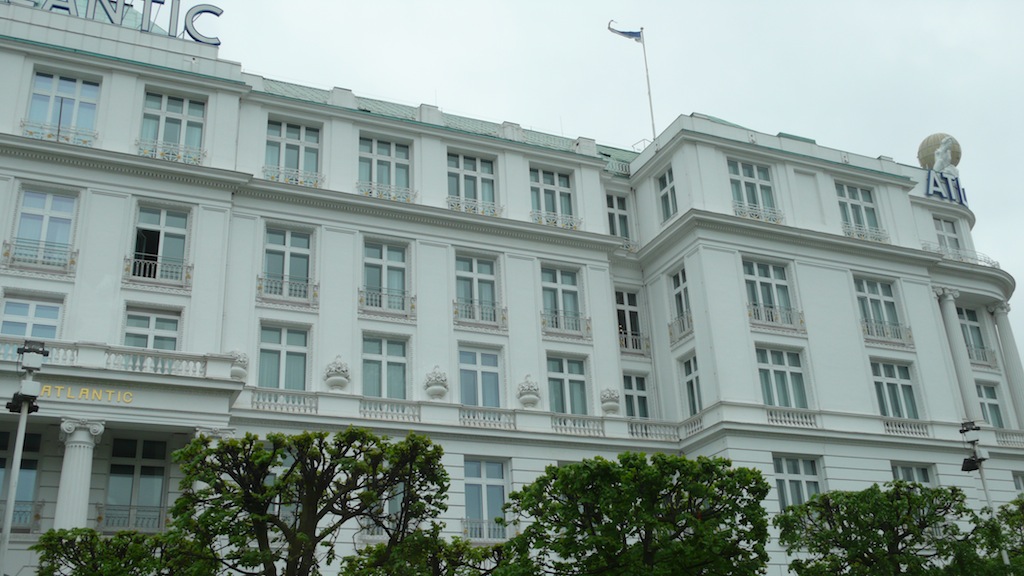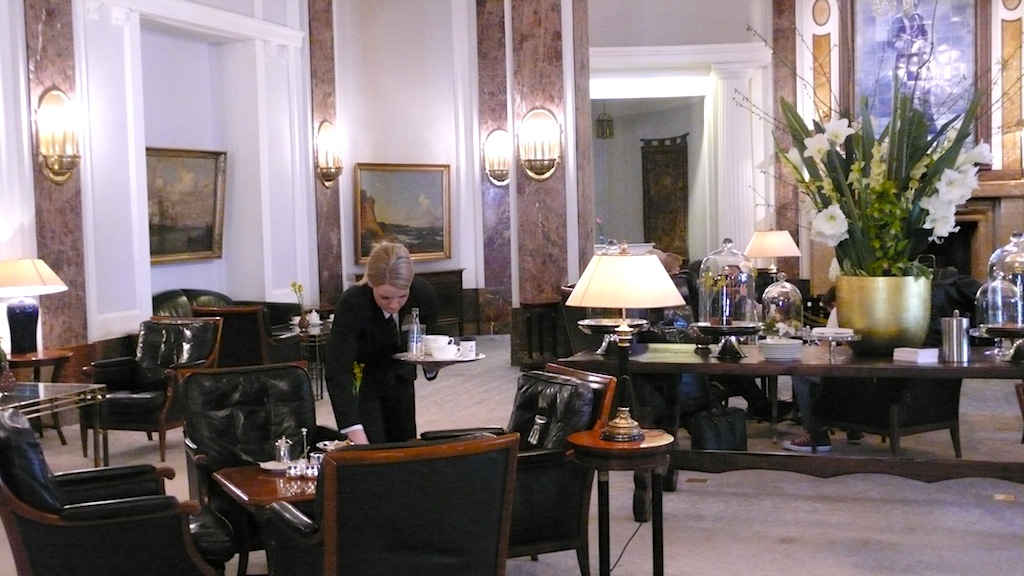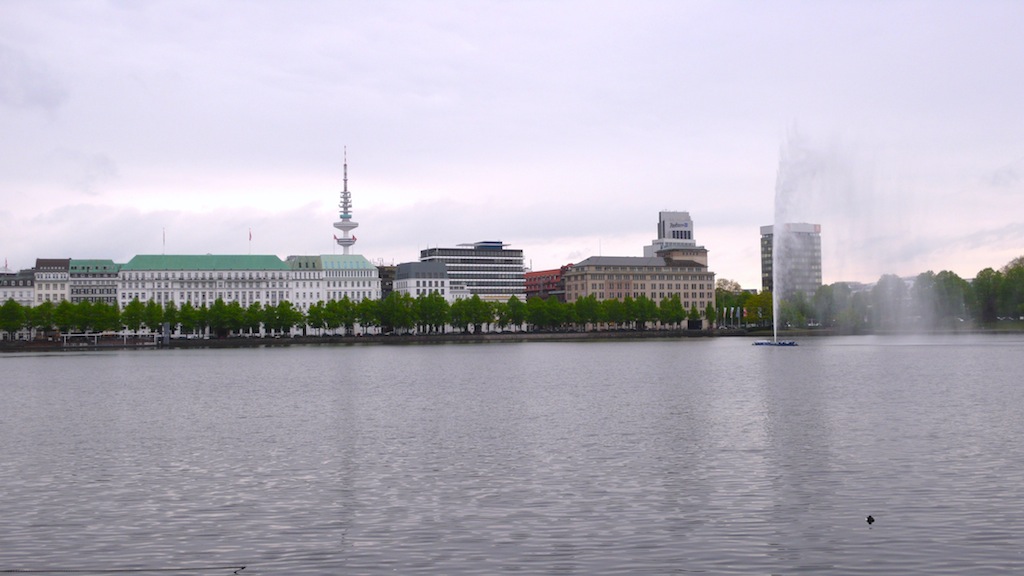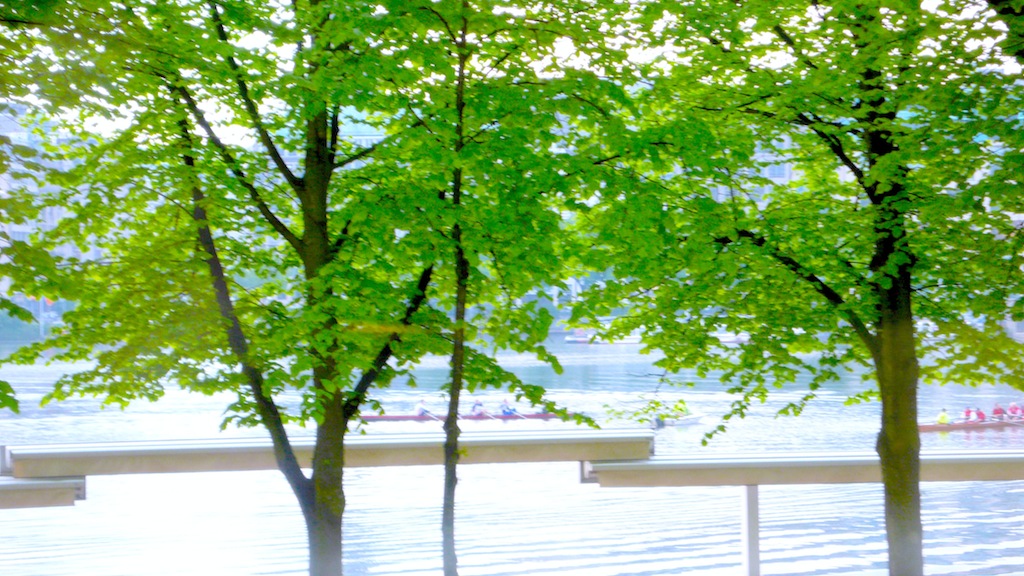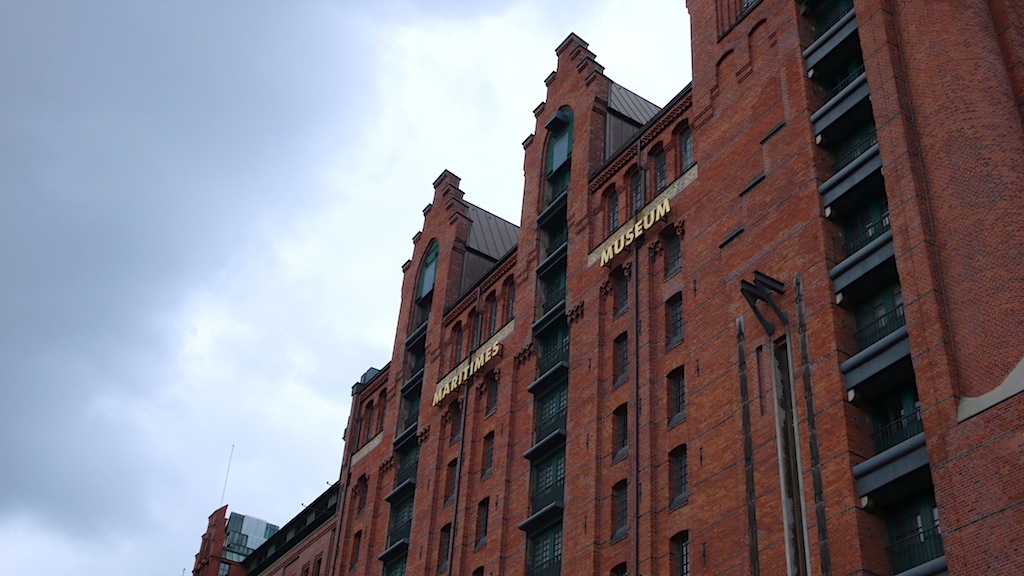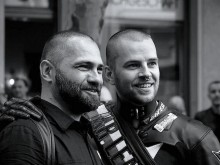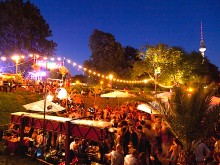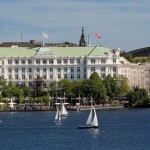As one gay Hamburger noted, the two gayest neighborhoods in Hamburg are the only two that are named for saints: St. Pauli and St. Georg. What could be more heartening for a gay boy on a Hamburg holiday?
Located along the banks of the River Elbe, St. Pauli has been for years the home of Hamburg‘s “red light” culture: a neighborhood of sex clubs and music venues, which was also the birthplace of the Beatles back in 1960 when the Reeperbahn, St. Pauli’s main drag, was known around the world for its reputation for vice and licentious behavior.
As for St. Georg, the neighborhood’s proximity to the main rail station has always provided the streets with a certain rakish charm, which has been transmuted in 2013 into a bohemian chic neighborhood of home decor boutiques, coffee bars, Michelin restaurants, rainbow flags, and luxury hotels.
One of the most affluent cities of Europe, Hamburg is currently in the throes of a massive maritime renaissance. Throughout the city’s 1,200-year history, Hamburg‘s port has provided the foundation for the city’s enviable prosperity – and for years the city’s warehouse district, Speicherstadt, with its neo-Gothic brick architecture, has been Hamburg‘s signature waterfront neighborhood.
Today, Hamburg‘s global image is more closely aligned with HafenCity (literally “Port City”), the former docklands area that is currently the largest urban development project in Europe, which features the 21st-century architectural designs of Rem Koolhaas, Renzo Piano, and Zaha Hadid.
By reversing decades of city planning away from the port and, instead, extending the city center all the way to the River Elbe, HafenCity has become a global template for visionary urban design. Upon the neighborhood’s completion at some point between 2020-2030, HafenCity will be home to approximately 12,000 people who will live and work in a nearly 400-acre mix of office and residential buildings, retail outlets and leisure facilities, restaurants, and cultural institutions.
Perhaps the most iconic symbol of Hamburg’s regeneration is the new Elbe Philharmonic Hall, an undulating glass structure currently rising atop a brick warehouse, which appears to float in the harbor like the modern-day equivalent of the Swedish ship, the Vasa. Even while still surrounded by a flock of building cranes, the Herzog & de Meuron-designed structure has become the most photographed representation of 21st-century Hamburg. Scheduled to be completed by 2015, the concert hall will be the tallest building in Hamburg.
The third-busiest port in Europe with more canals and bridges than Venice and Amsterdam combined, Hamburg celebrates its historic port with an annual four-day festival in May that draws more than 1.5 million visitors to the city of 1.8 million residents. Throughout the port bacchanal, St. Pauli’s Reeperbahn (also known as “the sinful mile”) overflows with a smorgasbord of colorful temptations.
One of the best-known streets in the world thanks to its global reputation for wild and wonderful characters, the Reeperbahn (meaning “ropewalk”) is, in the words of St. Pauli drag artist, Lilo Wanders, “splendor mixed with misery…a blend of Vegas, Broadway, harbor, and red-light district.” The founder of St. Pauli’s Schmidt Theater, widely celebrated for its flamboyant programming, Wanders offers guided tours of the Reeperbahn, which include a live performance at Olivias Show Club.
A three-day music and culture festival, September’s Reeperbahn Festival is an amalgam of Mardi Gras in New Orleans and Coachella, where participants wander from one venue to another in a music-and-alcohol-fueled stupor.
Meanwhile, over in St. Georg, the convivial neighborhood offers upscale restaurants (one housed in a former health club), coffeehouses, guesthouses, and bars, as well as a home design shop that sells items manufactured in Hamburg. On weekends, St. Georg is filled with sartorially-savvy LGBT singles and couples strolling casually from coffee shop to bar before heading on to dinner. Several of Hamburg’s favorite gay saunas are in St. Georg, and there’s always the idyllic Outer Alster Lake for a moonlight promenade along the water. St. Georg is also home to the annual Christopher Street Day festival.
In 1943, at nearly the conclusion of World War II, bombing by Allied forces destroyed more than 70% of Hamburg. One local Hamburger remembered his grandmother who recalled that the fires that burned for a week were bright enough to read a newspaper at night.
Seventy years later, Hamburg in 2013 is a city of lakefront mansions and 21st-century architecture, a city of cheerful sin and delighted debauchery, and the greenest city of more than a million residents in all of Europe. Today, the brightness of its future is what illuminates Hamburg.
STAY: Often referred to as the “White House” of Hamburg, Hotel Atlantic Kempinski, a gorgeous Belle Époque confection along the shore of Outer Alster Lake, has been the Hamburg residence for global dignitaries, Hollywood stars, and Nobel laureates since its opening in 1909.
Blessed with good bones and sumptuous public rooms, the Atlantic is a German historic monument, complete with commemorative plaque at the hotel’s entrance. Befitting the hotel’s provenance, the Atlantic‘s 245 suites and rooms are high-ceilinged and customized with five-star luxury fittings such as Makassar ebony furniture, black Murano glass chandeliers, Carrara marble, silk upholstery, Nespresso coffee machines, and iPod docking stations.
As one guest from the Twenties remarked, a sojourn at the Atlantic was akin to being in residence at an “English country estate” – and the same holds true today.
Located across the lake from the Atlantic, on the western side of Inner Alster Lake, Fairmont Hotel Vier Jahreszeiten is Hamburg’s other “Grand Hotel,” a spectacular century-old landmark whose hallmark has been an unerring adherence to the philosophy, “Service, service, service.” Hotelier Friedrich Haerlin purchased Hotel Vier Jahreszeiten in 1897 for his 40th birthday and the hotel’s two-Michelin-starred restaurant, Haerlin Restaurant, is a testament to exemplary hospitality aligned with gastronomic excellence.
The commodious public spaces at Hotel Vier Jahreszeiten are furnished in grand European style (in keeping with the Fairmont tradition of historic luxury), while the 156 guest rooms and suites, carefully curated with period antiques, recall a wealthy godmother’s European pied à terre equipped with 21st-century technology.
For dining, Hotel Vier Jahreszeiten offers no less than nine venues, including Cafe Condi, a charming Biedermeier café with lake views that was once the hay mow above the stables.
A respite at Hotel Vier Jahreszeiten offers guests a firsthand experience with Hamburg’s fabled Hanseatic hospitality – and an insider’s perspective on the romance of Hamburg.
GETTING THERE: United Airlines flies nonstop from Newark to Hamburg. An evening departure on United Airlines from Newark gets you into Hamburg early in the morning – and if you’ve availed yourself of United Economy Plus seats, it’s possible that you’ll have slept a little on the flight, meaning that you’ll be ready for all the pleasures that Hamburg offers.
For those arriving from Berlin, the train journey to Hamburg takes one hour and 40 minutes.
ADDITIONAL INFORMATION: Click here for MRNY slideshow of Hamburg.
Editor’s Note: This feature was originally published in Frontiers LA in a slightly altered form.

